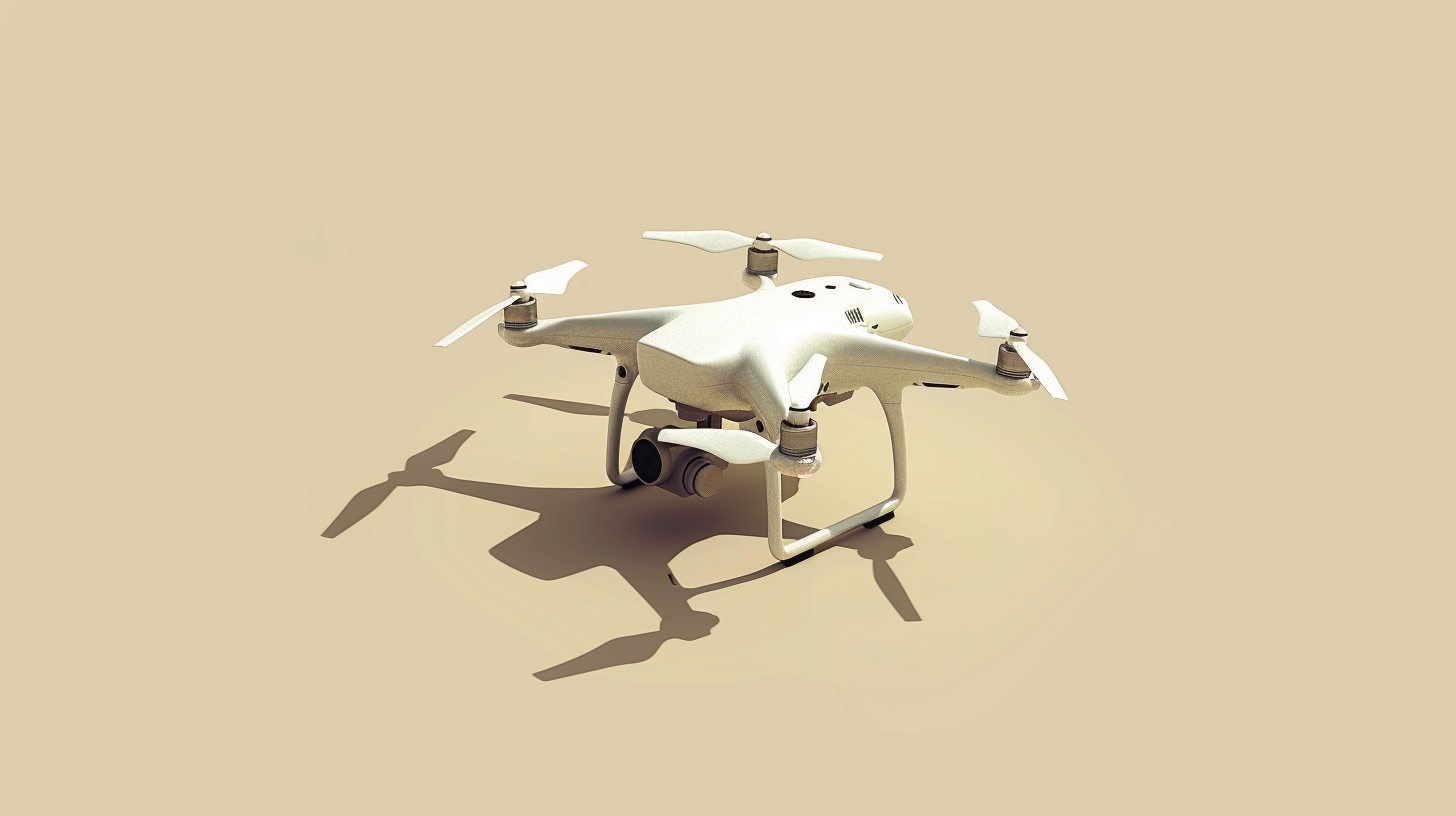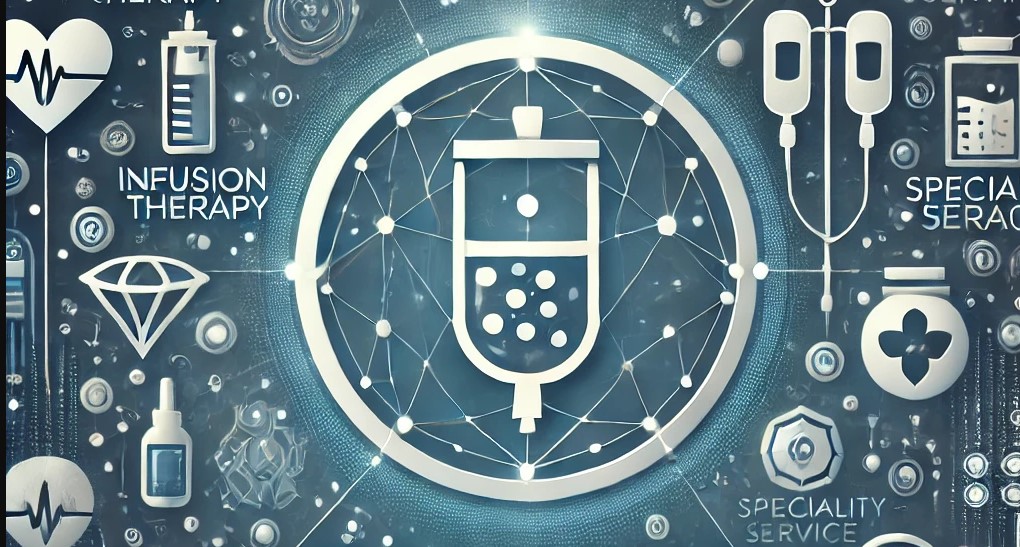Seattle, WA — May 28, 2024
Brinc, a Seattle-based drone technology company, has unveiled a groundbreaking 911 response drone designed to manage a significant portion of emergency calls. The new drone, presented at a press event, promises to handle up to 25% of 911 calls without the need for police officers on the scene.
A Revolutionary Approach to Emergency Response
The innovative drone is equipped with advanced technology to respond to various types of emergency situations. Brinc’s CEO, Blake Resnick, highlighted that the drone can be dispatched to incidents such as minor accidents, noise complaints, and welfare checks. It features high-definition cameras, two-way communication capabilities, and sophisticated navigation systems that allow it to provide real-time information to emergency dispatchers and responders.
“This drone is a game-changer for public safety,” said Resnick. “It allows us to deploy resources more efficiently, reducing response times and freeing up officers to focus on more critical incidents.”

How the Drone Works
- Deployment: Upon receiving a 911 call, dispatchers can determine if the situation is suitable for drone response. If so, the drone is launched from a nearby base.
- Navigation: Using GPS and obstacle avoidance technology, the drone swiftly reaches the location.
- Assessment: The drone captures live video and audio, which is transmitted back to the dispatcher. Officers can communicate directly with individuals on the scene via the drone’s speaker and microphone system.
- Action: Based on the information gathered, dispatchers can decide whether further intervention by human responders is necessary.
Context and Background
Brinc’s development of this 911 response drone is part of a broader trend towards leveraging technology to enhance public safety and efficiency. Traditional emergency response methods often involve significant human resources and time, leading to potential delays and increased costs. The introduction of drones aims to mitigate these issues by providing a rapid, cost-effective alternative.
This innovation also comes in response to the growing demand for police reform and the need for better resource allocation. By handling less critical calls, the drone allows police departments to allocate their personnel more effectively, focusing on high-priority incidents that require human intervention.
Implications and Potential Impact
From my point of view, Brinc’s 911 response drone represents a significant advancement in emergency services technology. The ability to handle up to a quarter of emergency calls without deploying officers could lead to numerous benefits:
- Reduced Response Times: Drones can arrive on scene faster than human responders, potentially saving lives in time-sensitive situations.
- Cost Savings: By reducing the need for physical presence, police departments can lower operational costs associated with fuel, vehicle maintenance, and personnel hours.
- Enhanced Safety: Drones can assess potentially dangerous situations without risking human lives, providing a safer approach to handling certain emergency calls.
However, there are potential challenges and concerns that need to be addressed. Privacy issues and the ethical use of surveillance technology are significant considerations. Ensuring that the drones are used responsibly and that data collected is protected will be crucial in gaining public trust.
Additionally, the effectiveness of drones in handling more complex situations remains to be seen. While they can manage minor incidents effectively, their role in more dynamic and unpredictable scenarios will need thorough evaluation.
Conclusion
Brinc’s new 911 response drone is poised to transform the landscape of emergency response. By integrating cutting-edge technology with public safety efforts, it offers a promising solution to many of the challenges faced by traditional emergency services. As I see it, the successful deployment and integration of this technology could set a new standard for how we approach emergency response, balancing efficiency, cost-effectiveness, and safety. Moving forward, careful consideration of privacy and ethical implications will be essential to ensure the responsible use of this innovative tool.






